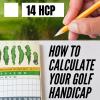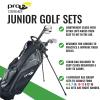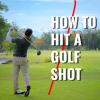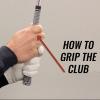4 Factors You Should Know About The Right Golf Balls for Distance
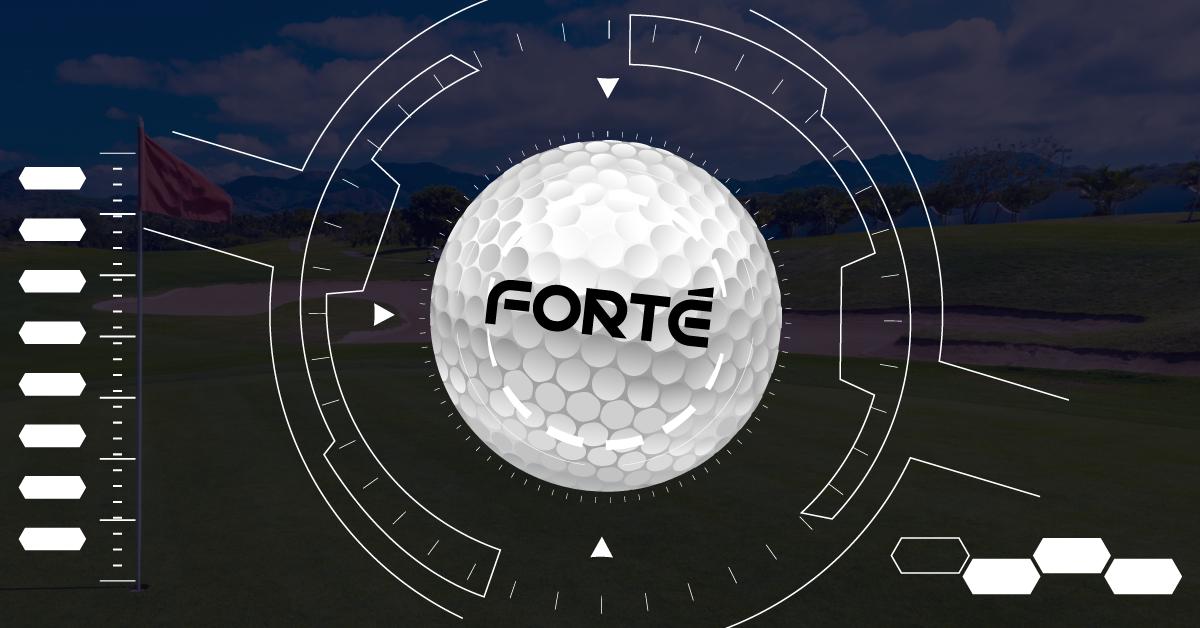
Choosing the right golf ball for distance is just as crucial to your game as selecting the right clubs. There are differences in the feel and performance of golf balls. However, players should avoid getting caught up in the latest buzz, instead picking a ball that both matches your skill level and feels comfortable.
You have to admit, getting distance off the tee is the most important thing to improve your golf game and lower your score. Of course, distance is mostly reliant on the mechanics of your swing. After this, it's about the ball.
Here are some important features that you should know:
1. Distance
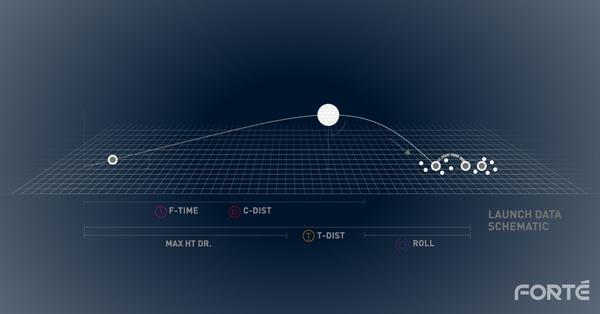
When a golf ball is hit, the impact determines the ball velocity, launch angle, and spin rate. The USGA Rules of Golf limit the distance balls travel, and all modern golf balls will come close to that limit.
The ball that goes furthest for you may not go as far as for other golfers, due primarily to the spin you generate. So, understanding your swing speed is a key factor in choosing the right golf ball.
Distance is crucial, but do not fall into the trap of choosing long-distance golf balls available on the market. For example, pros may prefer a ball with a higher degree of compression, which gives more spin, where control outweighs distance. Thus, the ball will be easier to control while in flight and after landing.
2. Spin
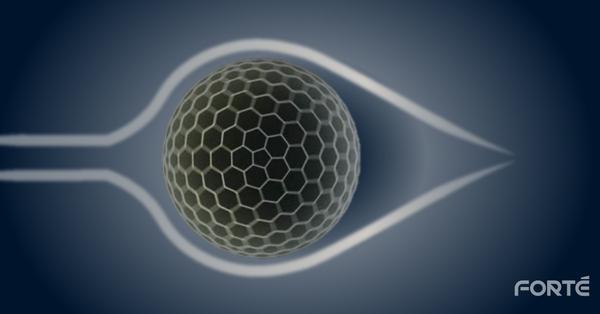
How does spin affect the distance, control, and the direction of a shot? Many people think spin rate is all about the golf ball, but your clubs and the way you swing affect spin rate, as well.
To maximize distance, a ball needs to spin at just the right amount to produce the proper lift. If it spins too much, you will get a ball that keeps climbing and then just dies. Too little spin, and the ball never takes flight.
Golf balls like a SS3 Speed glide through the air in a straight line, which gives you great distance off of good drives. The ball is also more accurate, lands on the green, and stops quickly, ending exactly where you want it to be on the ground.
Conclusion: If you need to maximize control with your driver, a higher spin rate is what you will need. To hit it straighter and further, less spin rate is better.
3. Compression
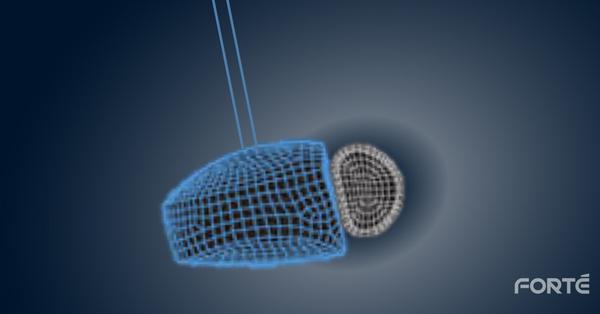
For average golfers with swing speeds less than 90mph, you’re better with a low compression ball, as it will feel better and will go further for you. If you have a high swing speed above 90mph, then high compression balls, like some tour-level golf balls, might tend to work better.
Lower compression balls, like Tour Performance S and SS2 Soft, can give even weekend golfers good compression and give them the best chance to max out distance on every shot. On the other hand, the benefits for higher swing speed players are its buttery feel and penetrating ball flight, when occasional course conditions demand it.
Mid-compression balls are usually speed-orientated products like SS3 Speed, aimed at providing distance for moderate to high swing speed player. While maintaining a great feel on every club and lower spin rate on your metal woods, it's also quite controllable on approach shots with plenty of stopping power.
High compression golf balls, like FORTE6, are the ultimate performer in every aspect. With it's sophisticated construction layers, this ball will provide lower metal wood spin, where distance is needed, and the highest short iron spin, where control is needed. However, it is not made for every golfer. You will need a 100mph+ swing speed, which is what all tour-level, high-compression golf balls are targeted toward; without the speed, you will suffer from over-spinning metal woods that will amplify side spin.
4. Feel
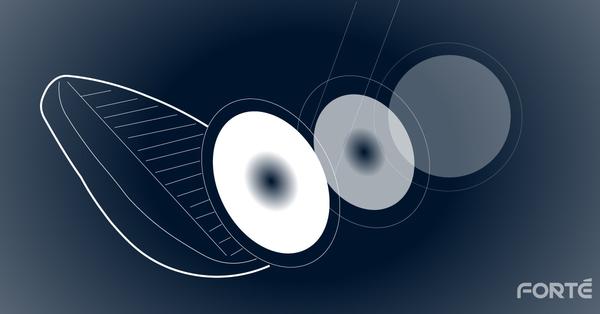
Feel is usually expressed in degrees of firmness or softness, and it is related to golf ball compression rate as well as the material of the golf ball cover. Some golfers prefer balls that feel solid, and some prefer ones that feel soft. Basically, more experienced golfers prefer a softer feel in a golf ball, whether it’s the cast urethane cover or the lower compression rating.
The best golf balls are a personal opinion. Every golfer has his or her own opinion of what the best golf balls are. The best golf balls are those with which they scored their personal best round, or even a hole in one. Every golf ball is designed to stratify certain categories of needs with a small offset in feel. There is no one-size-fits-all golf ball, at least not now. Skilled players usually demand the utmost greenside control and usually have better ball striking abilities, so they can play a higher compression golf ball, and it will still provide great feel back to them. As for weekend golfers, a mid- or low-compression ball will provide great consistency in distance, which will lead to lower scoring rounds, and that’s what really counts.







